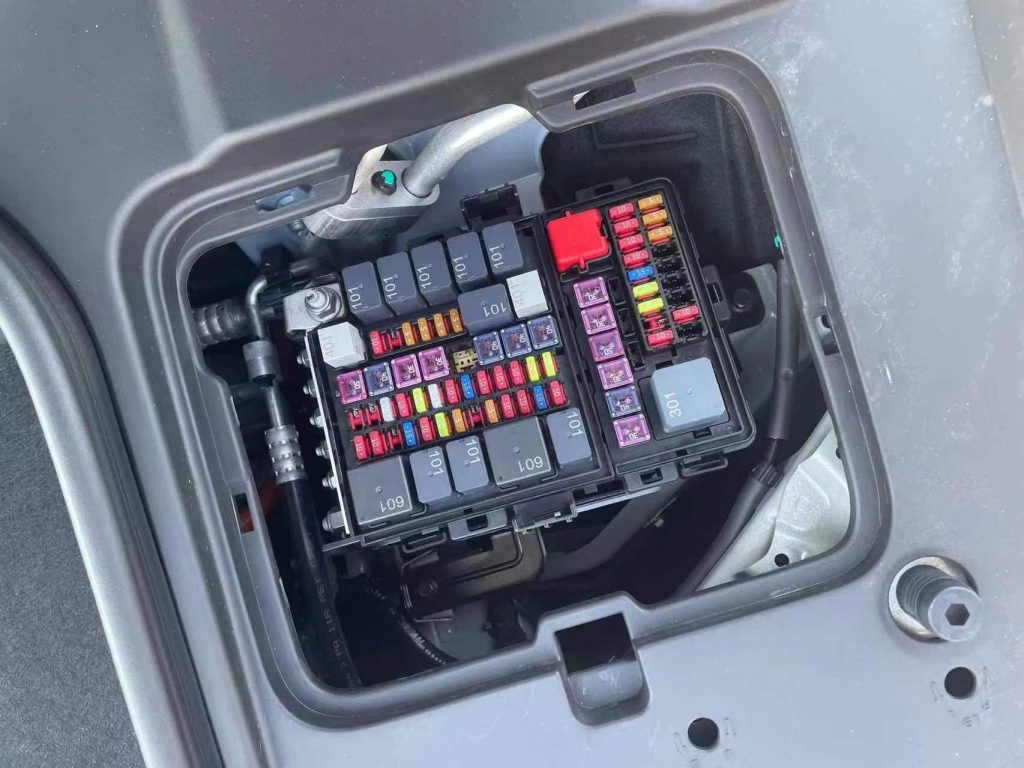Relay demonstrations are a fantastic way to illustrate the underlying principles and applications of relay technology in real-world scenarios. Whether in classrooms, technical workshops, or industry settings, relay demonstrations serve as powerful tools to help both beginners and professionals grasp the functionality of this essential electronic component.

A relay is an electromagnetic switch that uses an electromagnet to open or close a circuit. This simple yet versatile device has found applications in a wide array of industries, from automotives to telecommunications, offering efficient and reliable solutions for controlling high-power devices with low-power signals. Relay demonstrations showcase the beauty and practicality of relays, emphasizing how these small devices play a pivotal role in automation, control systems, and safety mechanisms. The Basics of Relay Operation A basic relay consists of a coil of wire (the electromagnet), a set of contacts (usually one or two pairs of normally open or normally closed), and a spring mechanism to return the contacts to their original position when the relay is de-energized. When an electric current flows through the coil, it generates a magnetic field that attracts a movable armature. This armature moves the contacts, either closing or opening the circuit depending on the relay’s configuration.